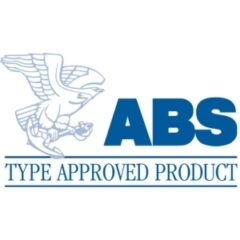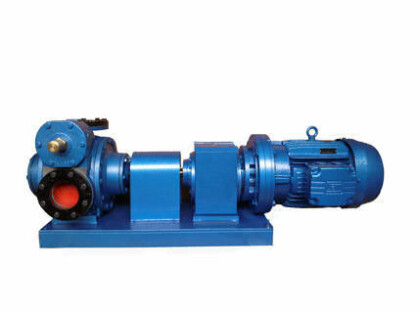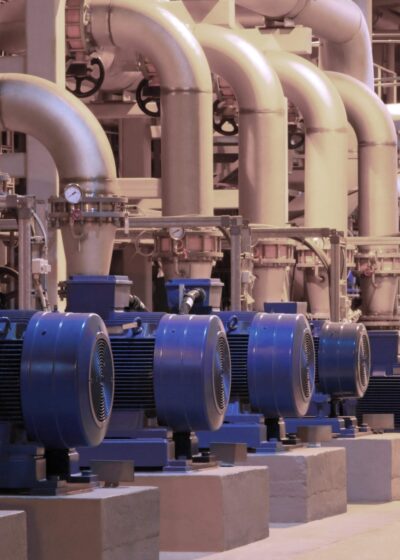
Bombas Trief BAL-D Rotary Vane Pump
Thermal Oil Pumps & Fuel Transfer Pumps





| Key Specifications | |
|---|---|
| Max Flow Rate | 1833lpm |
| Max Head | 100M |
| Max Temperature | 250°C |
| Max Viscosity | 10000 cP |
| Solids | 0mm |
| Size | 1” to 4“ |
The Bombas Trief BAL-D vane pump is a positive displacement pump designed specifically for transferring fuels from tanker trucks. This rotary vane pump comes with a dual shaft output as standard to avoid having to move the pump depending on which side the motor/engine is placed. The BAL D series is robust, quiet and highly efficient; particularly efficient at handling fuels and oils up to 250°C. Complete with two mechanical seals as standard, the sliding vane pump benefits from added protection against leakage. The most common applications for this positive displacement vane pump include solvents, petrol transfer, gas oils, fuel oil and transfer of fuels from tankers.
Features of the Trief BAL-D vane pump:
- Dual shaft output as standard
- Double mechanical seal for added protection against leakage
- Fluid handling up to 250°C
- Built in safety valve
- Quiet operation
- Highly efficient
- Lubricated bearings
- 230V, three phase 50hz / 60hz motors available
- ATEX approval
For more information on the working principle of this pump and its main applications for use, read our rotary vane pump guide.
FAQs
Rectangular shaped vanes are mounted into slots on a rotor that turns inside the asymmetrical pump casing. As the rotor turns, the asymmetrical casing causes the vanes to move in and out of the slots to touch the casing walls and trap the fluid between this and the rotor. This mechanism draws the fluid round until it is forced out of the discharge port.














